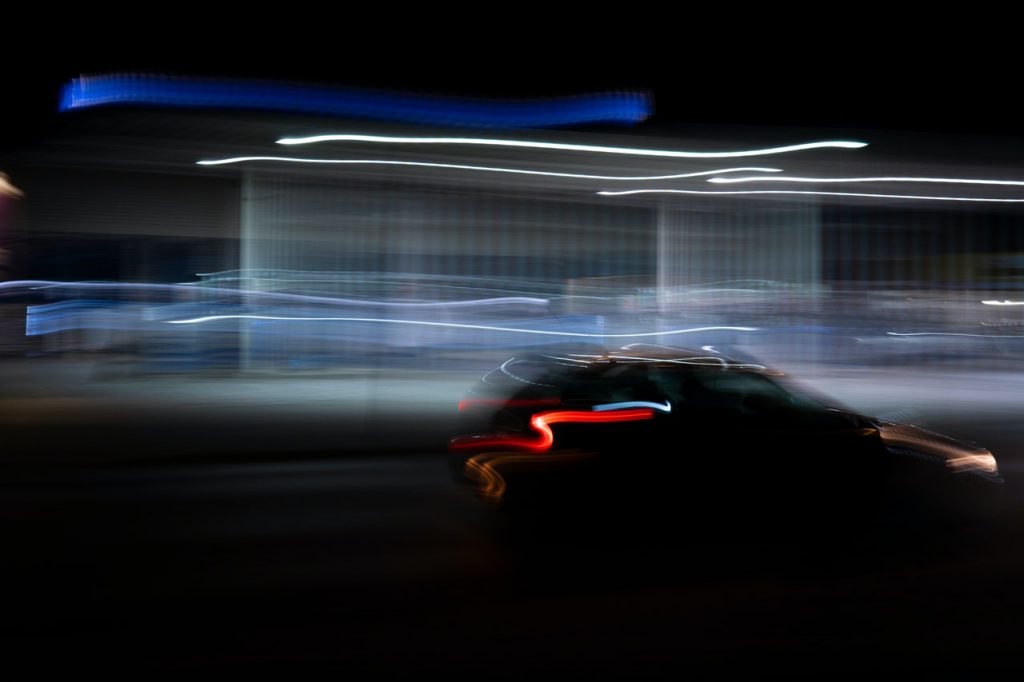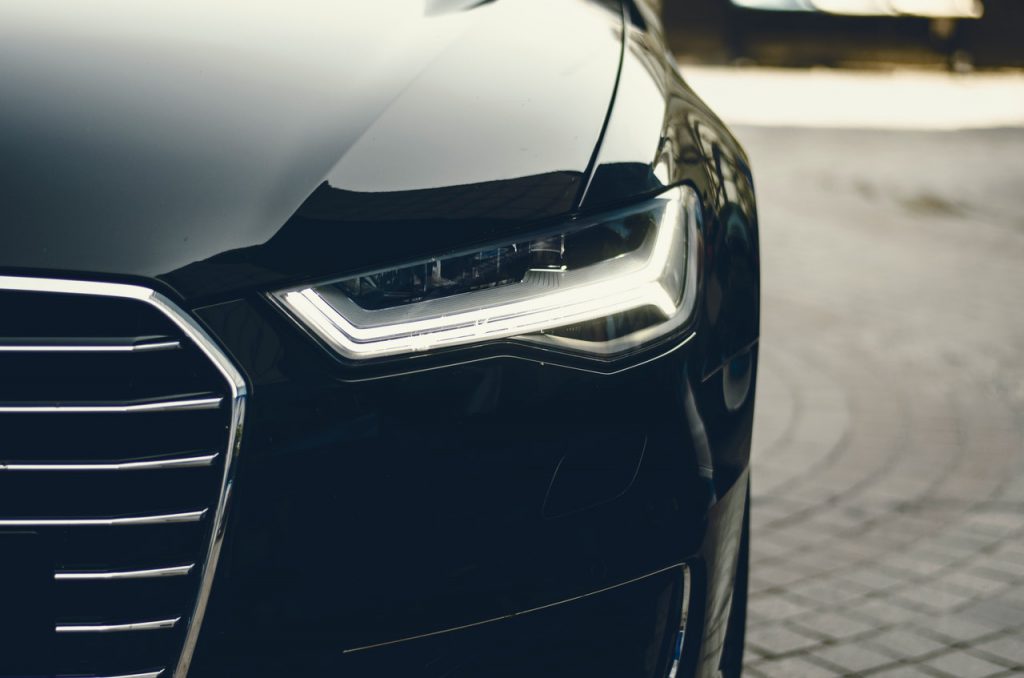If you are an expert driver, you must be quite familiar with the brake lights issues. There are many problems that happened time and time around this car component, yet they are actually not that hard to solve. In fact, they tend to repeatedly cause the same problem so drivers can figure out what is wrong with your car when stepping on the pedal. So in this article, we will guide you thoroughly all the ways to troubleshoot your brake lights.
Contents
What is the Brake Light
First thing first, we need to know the definition of the brake light. In most automobiles, the tail lights and the brake lights are designed close together, and located on the same globe. To put it another way, there is an external cover for both of these lights.
In order to tell which is which, we need to know the function of each light. The brake light is exactly as it sounds: It will illuminate immediately when drivers apply pressure to the brakes. On the other hand, the tail lights will flash when car owners turn on the headlights. It also lights up when your parking brake is on. On many cars, the brake light will have a more luminous red, while the tail lights are normal red. Along with that, the rear lights also include back up white lights.
Troubleshooting the Brake Lights
One of More Lights Don’t Work
You must all see this issue before: only one of your vehicle’s brake lights work while two others don’t. If you are having this symptom, troubleshooting is very easy. In fact, it is actually easier than dealing with a situation where none works.
Circuit Fuses
In the situation when the lower two lights or only the third brake light works, car owners can begin by checking the circuit fuses first. On some models, the manufacturers design a fuse to provide for the two lower brake lights and one more for the third light. So this is the first place to check.
Light Bulbs
If the circuit fuses are still working normally, time to pay the light bulbs a visit. On various automobiles, you can access the bulbs by opening the trunk or by removing the screws installed around the lens. In order to remove the bulb, car drivers push it down, turn counterclockwise about one fourth of a turn, then pull it free. Now we can examine each bulb. If the bulb is damaged or broken, it will be darkened and needs to be replaced. Along with that, car owners need to check to see if the filaments are in good condition. Remember to find the exact same type and wattage.
Voltage
Nevertheless, if the light bulbs do not have any problem, you need to use your digital multimeter (DMM) to check for voltage at the socket. In order to fix this, we need to set the multimeter to DC voltage, along with pressing the tip of the red which leads to the contacts in the socket. And the black lead to the socket wall. If your car has voltage, most likely you also have a bad light bulb. However if there is no voltage, repeat the test but this time connect the black test lead to chassis ground.

If the second test started and there is voltage, remember to look for a bad ground connection on the socket. However, if there is no voltage, you need to check the bulb socket. There might be corrosion or loose wires. In this situation, drivers can use wire brushes to remove corrosion. Along with that, car owners can see if there is any faulty or damaged power feed wire between the brake light switch and the socket.
Socket Connection
The last thing a driver can do is to check the ground connection at the socket. You need to connect a jumper wire between good chassis ground and the ground side of the socket. After that, you can apply pressure to the brake pedal when the light bulb is in the right place. If the bulb flashes, repair the socket ground connection. However, if the light bulb still does not flash, you need to look for an open between the wire current from the switch to the brake light.
No Light is Working
Now we come to the harder part: None of the brake lights work. In this situation, we need to focus on those devices or car parts that affect the whole process. In this article, our car experts will provide the list of car components that needed to be checked: fuse, turn light switch, brake light switch, and the part of brake light circuit.
Examining the Fuse
Whatever we do, the fuse is the place needed to be checked first when the brake lights are having trouble. We need to find the location of the fuse first. This is time the owner’s manual comes in handy. Usually, you can look for the stop lamps fuse at the power distribution center or fuse panel. In most of the vehicles, you can find the fuse panel under the dashboard on the passenger or driver side. In some other cars, it is under the hood.
Now you find the fuse, pull it out and give it a check. We can spot if the fuse is faulty or not by checking the fuse element from the clear plastic box. If not, car owners can check the condition of the fuse by a digital multimeter. A good condition fuse will trigger a beep sound on the multimeter, or close to zero Ohms if you are using the Ohms scale. If nothing happens, the fuse is damaged.
Examining the Turn Signal Switch
On most car models, the brake light circuit is a crucial part of the rear section of the turn signal circuit. So drivers need to find the wiring diagram for their turn signal switch. In case that you forget where it is, the vehicle repair manual is always up to check. After that, car owners can locate the wire connecting the turn signal switch to the brake light switch. Following the removal of the steering column cover, drivers therefore can access the turn signal switch electrical connector to find the wire.

The following step of examination is to use the test light. If the test light does not glow, there is a gap in the wire. In order to fix this, we depress the brake pedal, then back probe the terminal carrying current from the signal switch to the left as well as right turn signal lights. At this moment, if the test light still does not flash, we need to call the mechanics to fix the signal switch.
Examining the Brake Light Switch
In order to fix the problem related to brake lights, we need to examine the brake light switch. New car owners should have the manual along since we need the location of the brake light circuit as well as the brake switch. Usually, drivers can check the brake master cylinder, or on the firewall inside the engine compartment.
Another location is the top of the brake pedal arm. After that, the electrical connector is the thing we need to check using a test light. In order to check, you connect the test light to the ground under the dashboard to see if it flashes or not. While probing both switch terminals, the test light should glow. However, if car owners probe just one terminal and the test light is still on, they need to adjust the brake light switch or remove it.
Examining the Electrical Ground
Last but not least, car drivers need to see the bad ground. In order to do that, we need to use a jumper wire with the purpose of connecting the switch to a good ground, therefore operate the brake pedal. If the light of the brake flashes, you should fix the ground connection at the switch by inspecting the wire at the both ends. There might be loose, damaged connections or may be corrosion.
Brake Lights Cannot Turn Off
The light refusing to turn off is one of the most common signals to troubleshoot your brake lights. Some models use the brake light switch configuration which lets the switch return to its place when the car owner presses the brake pedal. However, if the switch goes off, the lights will stay.
Car owners should try to operate the brake pedal manually in order to see the relation between pedal movement and brake light switch operation. In some cases, a bit of readjust the switch can actually fix this issue. To be more specific, you need to unplug the connector, rotate the switch with the aim of moving the plunger away or towards the pedal. After that, place the contact so you can remove your leg from the pedal. And with any slight pedal movement, the lights must flash.
When Using the Brake Pedal,Turn Signal Comes On Instead
Even though this is quite rare, the “turn signal comes on instead of brake light when drivers press the brake pedal” situation actually happens. Usually, this occurs on car models that have a dual filament bulb. To be more precise, the filament serves both light: brake light and turn signal.
This issue, however, mostly caused by a bad ground in the damaged light.



